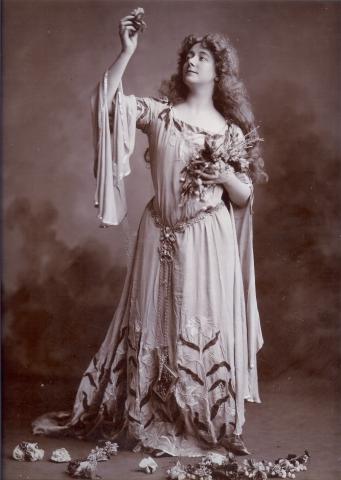
Figure 1 – Otto Sarony, Cissie Loftus as Ophelia 1903. In the public domain in the United States because of its age.
Every year at this time and for the next ten days, Hati and Skoll presents “Favorite Photographs.” It is getting hard. I mean, how many favorites can one person have? And paradoxically, the more you have the more trivialized they all become. That said, I intend this year to stick to tradition and give it a try, assuming you will excuse an eclectic assortment.
So, I’d like to begin this year with the image of Figure 1. It is a “Broadway Photograph” by portraitist Otto Sarony of Scottish actress Cecilia (Cissy) Loftus (1876-1943). The portrait combines three of my favorites: a beautiful woman, a portrait by one of the Saronys, and Shakespeare.
Here we have Loftus as Ophelia from Hamlet.
“OPHELIA
There’s rosemary, that’s for remembrance; pray,
love, remember: and there is pansies. that’s for thoughts.
LAERTES
A document in madness, thoughts and remembrance fitted.
OPHELIA
There’s fennel for you, and columbines: there’s rue
for you; and here’s some for me: we may call it
herb-grace o’ Sundays: O you must wear your rue with
a difference. There’s a daisy: I would give you
some violets, but they withered all when my father
died: they say he made a good end,–“
Ophelia is a tough character to relate to and empathize with. In general Ophelia seems ever so flighty. And I suspect, that as a result she is quite difficult to portray – most brilliantly accomplished in our day by Mariah Gale. But she does in fact carry great tragedy – an unintentional victim of Hamlet’s wished for revenge on King Claudius. In that regard she is a deeply tragic figure in a Greek sense, and is certainly one of Shakespeare’s great female tragic figures – not as great as Cordellia in King Lear, or Lady Macbeth in Macbeth, or even of Princess Anne in Richard III, but still tragic and very memorable. And all of that is brought back in the photograph by both Loftus’ skill of pose and emotion and Sartony’s skill as a portraitist. In that regard, this photograph is truly a collaboration between subject and artist, much more so than in most of Sarony’s “Broadway” work, which tends to portray subjects in contrived emotive poses.
What is perhaps most interesting about these “Broadway” photographs is that more often than not they trade in faded notoriety. These people were famous once. How many become merely foot notes to photograph, and the photograph is left to fail or make it on its own qualities. What is interesting to me is that the Sarony portraits of people of note, even those barely remembered, sell for so much more. What I love the most about all of this is that people like Cisst Loftus lived long enough to have a film presence. Loftus’ last movie The Black Cat was in 1941. We can look at Sarony’s photograph, an instance captured in silver, and then watch these movies. They seem of two worlds, really. It would seem to mean that there is much more to what is heldwithin the photographic emulsion. Somehow, the deeper meaning seems to escape us. It is as something locked by the photographer in memory, and as Ophelia herself says,
“Tis in my memory lock’d,
And you yourself shall keep the key of it.“
